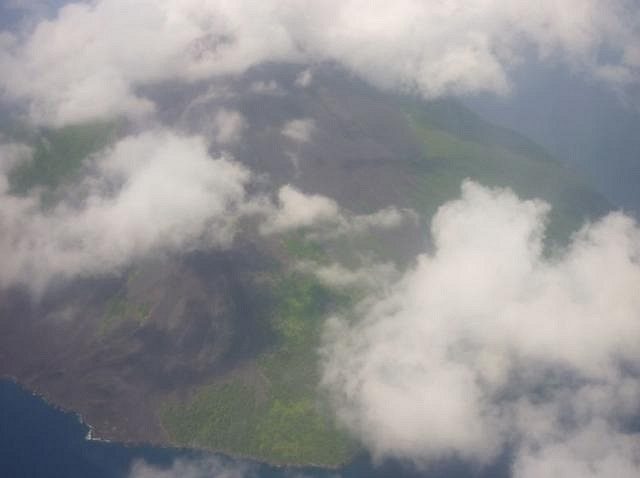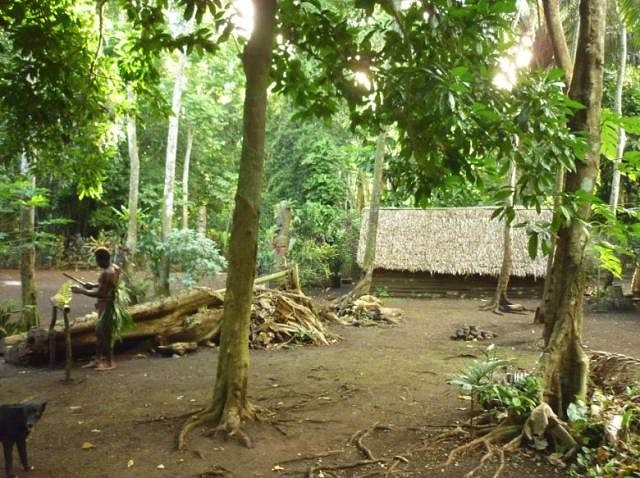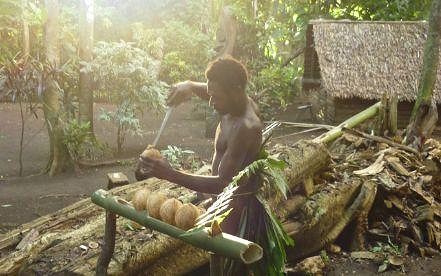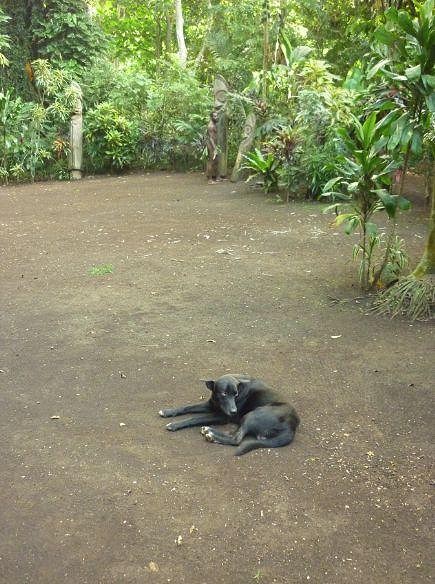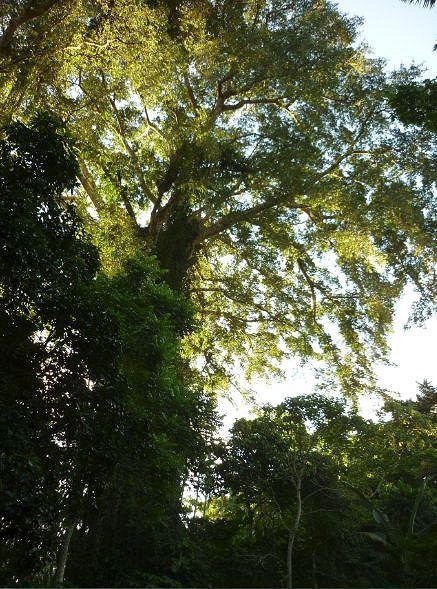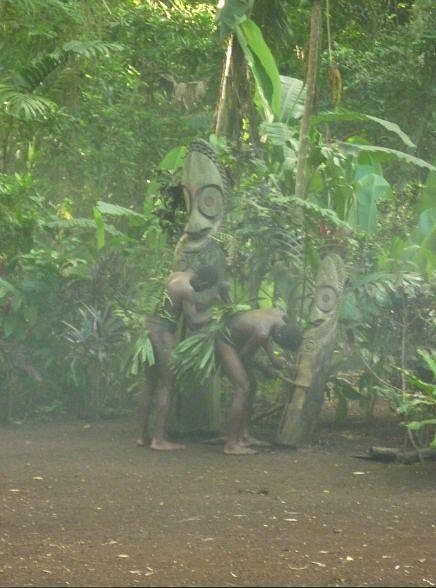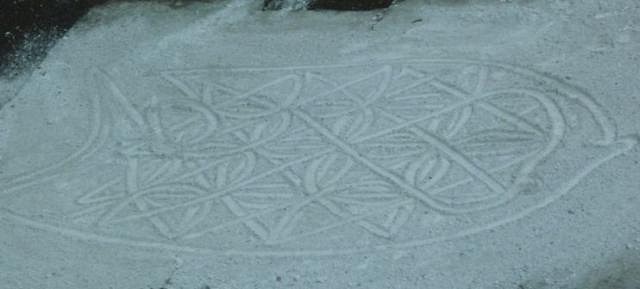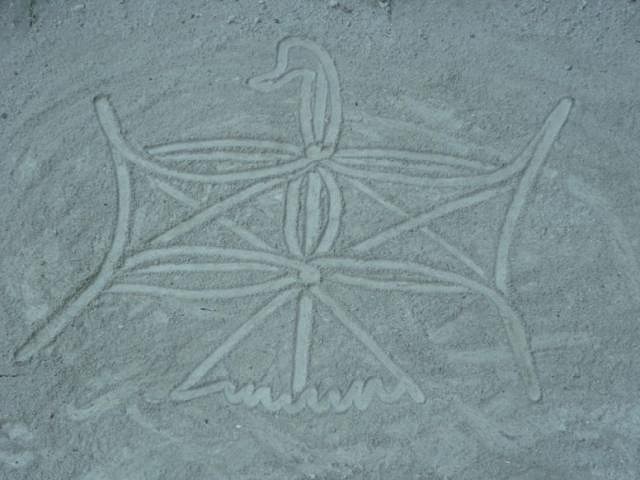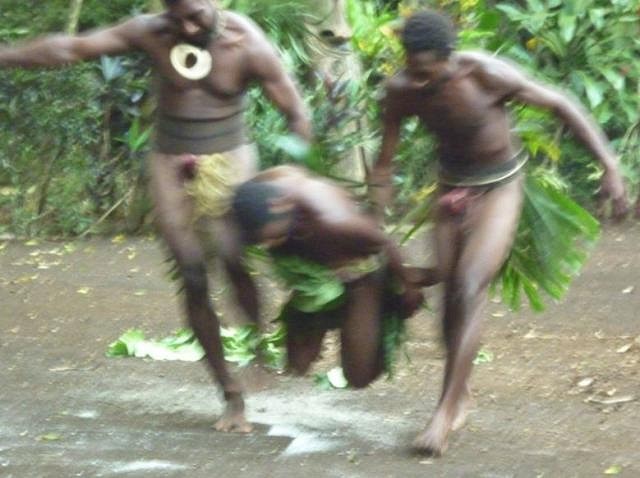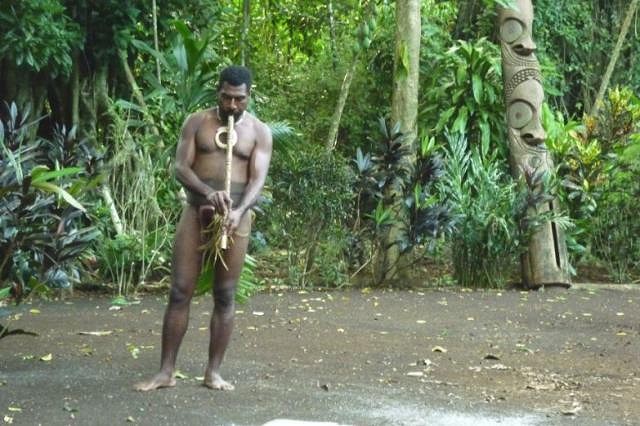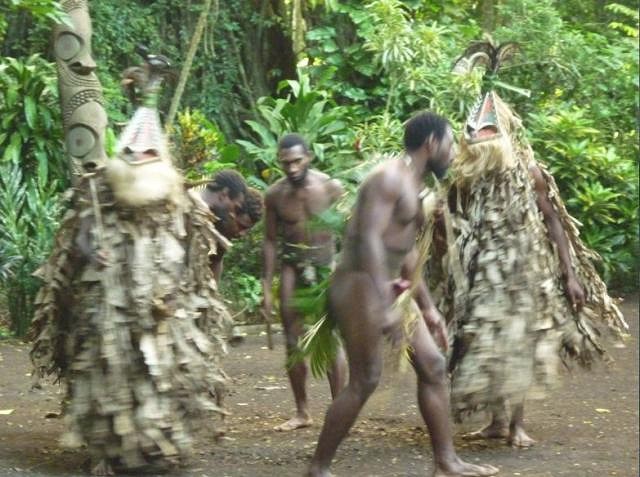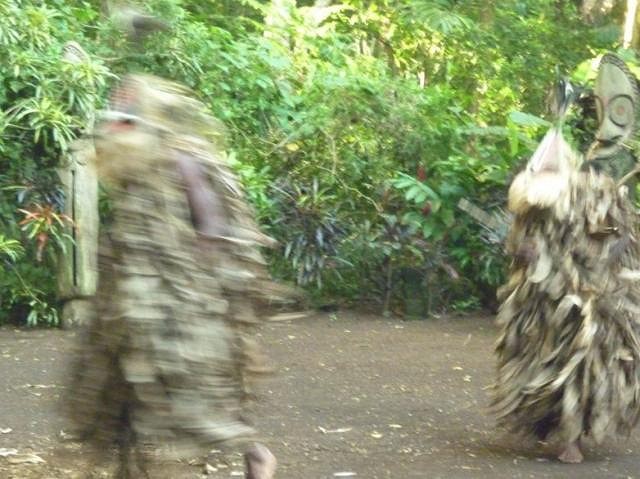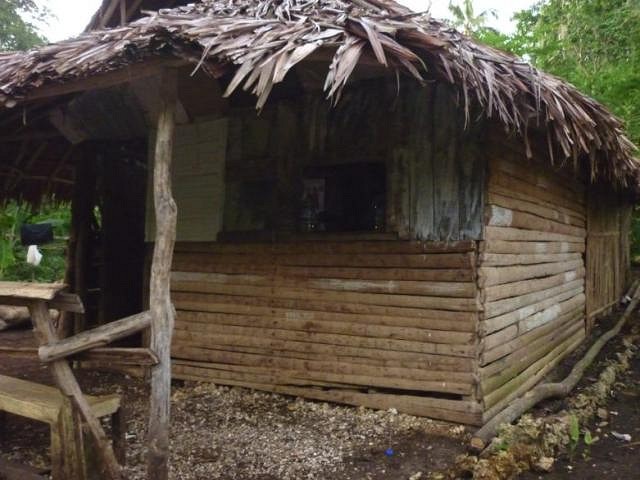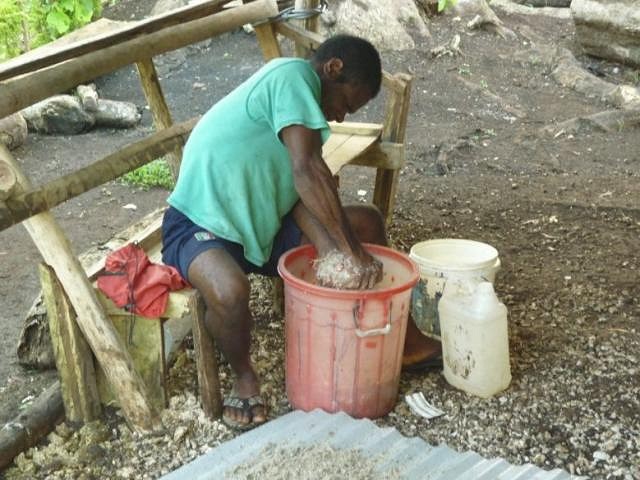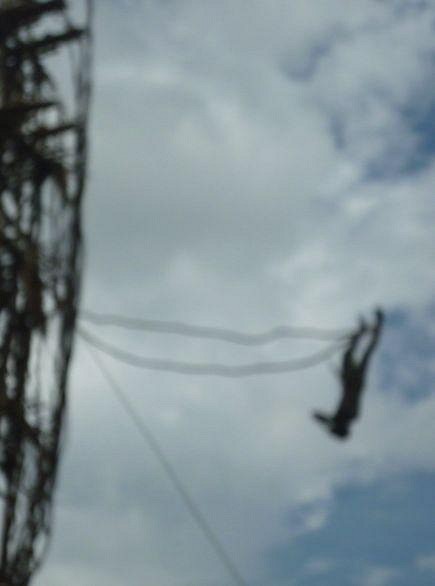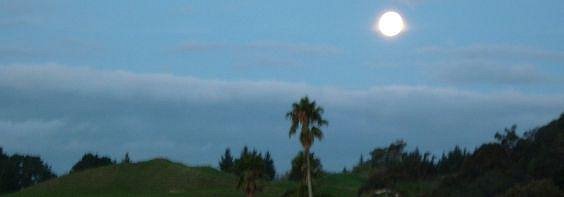Tiki Central / Tiki Travel / Club Nouméa's Tiki Tour of Vanuatu
Post #598589 by Club Nouméa on Thu, Jul 21, 2011 7:16 AM
|
CN
Club Nouméa
Posted
posted
on
Thu, Jul 21, 2011 7:16 AM
Part 5 - Black Island Village
It was in 1913 that Ambrym Islanders first relocated to the island of Efate. One of the two volcanoes on Ambrym, Mt Benbow, had erupted and wiped out several villages. The Ambrymese displaced by this disaster ended up establishing their first permanent settlement on the island of Efate, not far beyond the outskirts of Port Vila. Called Mele Village, it is now the size of a small town, and is home for thousands of Ambrym Islanders and their descendants.
Black Island Village is a more recent Ambrymese settlement, not far from Erakor Lagoon (see the first photo on page 1). It is on a 3-4 hectare block of land granted by local custom authorities, and is home to 30 to 40 people. Life there is pretty self-sufficient, and they grow an abundance of food.
Behind the village is a path that leads to a thickly forested area that conceals the village meeting place.
It is here that village meetings are held, along with celebrations and festivals, under the branches of a huge banyan tree.
Such events are not complete without tamtams, several of which are scattered around the edge of the clearing.
Tamtams traditionally provided villages in Ambrym with a means of long-distance communication. For instance, if a group arrived in the village to trade and the chief was out in the fields, he could be summoned via tamtam. Likewise, they were used to warn villagers if a war party was spotted approaching. There were no written languages on Ambrym, and various tribes spoke different languages, so inter-tribal communication could be a problem. They got over this by using elaborate sand drawings, which would be left in mutually-recognised locations where trading took place. If a tribe up in the hills wanted fish from a coastal tribe, they would go to such a spot, and leave a drawing looking like this:
It may not look much, but for those who can read it, it says who drew it, what sort of fish they want and how many, how much they will trade for them, and when they will return to do the deal. Conversely, if a party from a coastal village wanted to get some wood pigeons from a tribe up in the hills, they would leave a drawing that looked like this:
This picture says things like how many birds they want, what sort they want, and when they will come back to trade for them. In pre-European times, getting around Ambrym was difficult, as there were only rough dirt tracks across the volcanic island. If someone slipped and sprained or hurt himself, carrying the injured man back to the village could be a difficult job. To overcome this, they used to pick up the injured man and carry him using a sling wrapped around his waist that they had made on the spot from leaves:
Apart from tamtams, for music, Ambrym Islanders also play the wooden flute, which is their other main traditional instrument.
The high point of my visit to the Black Island Village was the presentation of a Rom dance:
This is a grade-taking dance, performed only by men. When a man in the tribe wishes to move up to a higher social grade, he asks someone who owns the design of a Rom mask if he can buy it, meets with him at the local nakamal (men's hall) and makes a formal offer (pigs, traditionally). Once he had purchased the mask and has been familiarised with the colour coding and shape of the mask and its accompanying costume, he invites various men from the tribe to enter the nakamal and practice the Rom dance with him. This is done in the seclusion of the hall, and anyone other than this select group who tries to see the dance being practiced is fined a pig and is flogged. The dance preparation period can take several days, during which the new owner of the mask pays for all the dancers' food and drink, with a concluding feast for them on the final night once the dance has been learnt. Then, the next morning, the dancers provide a public performance.
Once this is finished, the costumes are burnt, to ensure that the Rom spirit depicted by them does not hang around to haunt the village and cause trouble. No village visit would be complete without hanging out at the local kava bar:
As well as being drunk here, this is the hut where the kava is made:
For the record, although bitter and muddy, I thought it tasked OK, and downed it in one go. Western man has invented various nasty liquors that taste far worse than Ambrymese kava. Once you have gulped it down, your lips and tongue go numb for quite a while, and suddenly you start feeling exuberant, positive about all things, and you exhibit warm feelings towards your fellow man and the world you live in. For instance, you begin to notice the strange beauty of the trees at dusk:
The positive effect lasted some hours, and I only had one cup. Powerful stuff! In the next instalment, we go off to Pentecost Island to see the Naghol...
CN
[ Edited by: Club Nouméa 2011-07-21 07:19 ] |

